Facebook Recommendations have replaced reviews on Facebook business pages.
Now, when customers open the Reviews tab on your Facebook page, they’re asked a simple question: Do you recommend [business name]?
Upon clicking Yes or No, the customer must then provide feedback to accompany their recommendation (or non-recommendation).
This feature includes quick-use tags customers can use to describe a business, such as “child-friendly,” “healthy options” or “cozy environment.”
The switch from reviews to recommendations was gradual at first but is now in full effect.
In this post, we discuss why Facebook recommendations are important for businesses, especially local businesses.
We’ll then go over a few methods you can use to get more recommendations on Facebook.
How to Ask for Facebook Recommendations from Friends
Your business page isn’t the only place customers will use to recommend your business. They can also do this from their own feeds and by responding to Facebook posts.
It works like this: a Facebook user creates a new post and chooses “feeling/activity” as a post type.
They can then choose the “Looking for…” activity, then choose from a list of suggestions, such as “travel recommendations,” “restaurant recommendations” or “movie recommendations.”
After choosing the general location they’d like to visit, they can choose to share their post with friends or the public, then publish.
Other Facebook users can then respond by including recommendations for businesses that appear on Facebook. The post’s original author will be able to see each suggestion on a map so they can find it easily.
It’s this feature that makes Facebook recommendations so important for businesses.
Why Facebook Recommendations are Important for Local Business
In January of 2018, Facebook’s CEO Mark Zuckerberg announced a major change to the platform’s algorithm: users would see posts from family and friends a lot more and posts from businesses a lot less.
It’s a long post for social media, but the reason behind the change can be found in Mark’s final paragraph:
“At its best, Facebook has always been about personal connections. By focusing on bringing people closer together — whether it’s with family and friends, or around important moments in the world — we can help make sure that Facebook is time well spent.”
While Mark and Facebook as a whole may share this philosophy truthfully, changes like these mean two things for your business: your organic post reach on Facebook will decline, and you’ll need to rely on advertising a lot more to be seen.
It’s speculative, but this could be Facebook’s true intention with changes like these.
In fact, according to stats found by Hootsuite in 2020, organic reach for Facebook posts declined down to 5.2%.
This is why Facebook Recommendations are so important these days.
Having your customers recommend your business to other users on Facebook may be your best chance at reaching new customers on the platform without having to resort to Facebook ads.
This is also another reason why Facebook Recommendations are so important.
If you view any business page on Facebook, including your own, you’ll see an average rating out of 5 stars.
When you mouse over the information icon near the rating, Facebook explains how it combines past reviews with your total number of recommendations and non-recommendations to create the final score you see.
This score is visible wherever your Facebook page is visible, including Facebook’s internal search results.
This is why it’s important for you to encourage customers to recommend your business on Facebook. More on this later.
Other Ways Facebook Recommendations are Important
Facebook has earned a bad reputation over the years from multiple controversies and bad press.
These include the Cambridge Analytica scandal along with reports of Facebook’s declining usage rates among young people.
With all of this bad press surrounding the platform, you may be wondering if it’s worth using at all, let alone trying to increase the amount of Facebook Recommendations you receive.
Here are a few statistics that prove Facebook’s importance for review marketing and online reputation management.
88% of all reviews come from four platforms, including Facebook, according to ReviewTrackers.
Plus, in spite of these controversies, Facebook is still one of the most widely-used platforms in the world.
It had over 2.91 billion monthly active users in Quarter 4 of 2021 alone, according to Statista.
Instagram, which is more popular among the younger generation, had about 2 billion monthly active users.
Finally, Facebook is most popular with age groups that matter most to businesses.
According to Engaging Data, the majority of all spending in the United States comes from adults aged 35 to 54.
Data collected by GWI shows that Facebook is the preferred social media platform among adults aged 25 to 54.
Clearly, Facebook is still a major player for business marketing and an important one for review marketing.
6 Easy Ways to Get More Facebook Recommendations
The most effective way to get more recommendations on Facebook is by asking customers for reviews.
Talk to your customers both on and offline. Get them to open up about their experiences with your business. Doing this will help your business in many ways.
First, it’ll help you create a funnel in which you change the marketing messages you present to customers depending on the feedback you receive when you encourage customers to share.
Second, by creating this funnel, you can reduce the number of people who don’t recommend your business on Facebook.
Getting customers to open up helps you intercept bad experiences and provide customer service instead.
It’s worth trying to encourage customers to accept support before they leave negative reviews.
Third, negative feedback from customers helps you understand what improvements need to be made in your business or to your products.
Implementing these changes improves customer satisfaction, thereby reducing the number of negative reviews you receive overall.
As for how to ask customers for reviews, here are a few methods you can add to your marketing strategy:
- Ask for recommendations via email.
- Ask for recommendations in person.
- Send SMS messages.
- Set up a funnel through support channels.
- Include calls to action in handouts.
- Ask for recommendations through Facebook Messenger.
Let’s go over each method.
1. Ask for Facebook Recommendations via Email
This may be the most effective way to ask for Facebook Recommendations.
You don’t need to confront customers in person, and you can strategize an optimum time to throw this request their way.
Plus, if you operate partially or fully online, your customers are already used to receiving emails from you.
Your only concerns with this method should be deciding when to send this email and how to phrase the request.
Tackling the when issue first, avoid asking for reviews of any kind right after your customer completes their order or schedules an appointment online. These customers have not had a chance to experience your brand in full.
If you ask too early, you may certainly wind up with a positive review. However, if your customer finds something wrong with the product or service you deliver to them afterward, they may change the tone and rating of their review.
Conversely, they may not have left a negative review at all had you not encouraged them to leave a review in the first place.
Only send this type of email after your customer has received their product or service from your business. Use your own knowledge of your operations to choose the best time to send it.
This is the amount of time it takes between the day your customer joins your email list by creating an order/request to a few days after they receive their product or service.
As for how to phrase this request, don’t outright ask your customer to recommend your business on Facebook. They may have had a bad experience, and you may wind up encouraging them to leave a negative review.
This is where the funnel we mentioned earlier comes into play. Ask your customer this one simple question: would you recommend [your business name]?
Then, give them two clickable options: one for Yes and one for No.
For the Yes option, ask them to recommend your business on Facebook, and include a link to your Reviews page on the platform.
You can still ask them to provide their feedback on Facebook for the No option if you don’t want to manipulate reviews. However, it’s best if you start a support ticket or encourage them to reach out to support instead so you can resolve the issue.
Creating This Funnel On Your WordPress Site
Starfish Reviews enables you to create multiple review marketing funnels in WordPress.
When they’re presented with the simple question mentioned above, they can choose between thumbs up or thumbs down buttons or smiley and frowny face icons.
You, as a business owner, can customize every part of your funnel, from the original question you ask to the messages that display depending on your customer’s feedback.
Starfish Reviews can even import your recommendations from Facebook (along with reviews from other platforms) and display them on your website, an effective strategy for showing social proof.
Give this email template a spin if you’re unsure of how to phrase this email. You’ll need to change a few things to fit your business/industry/personal tone:
“Hi [use your email marketing service’s first name tag here],
Hope you’re doing well.
I’m glad you had a chance to check out [business name] recently. We pride ourselves on our [specific product or service], and I hope you had a chance to check that out while you were here.
Speaking of your visit, I just wanted to check in to see how things went. We always strive to make every customer experience as positive as possible.
If you click the link below, you’ll be able to tell us how you feel about [business name] with a simple Yes or No response.
Rate your experience with us.
No matter what response you give, I just wanted to take a moment to thank you for giving us a try! It was a pleasure serving you!
Sincerely,
[business owner name], Owner of [business name]”
Add a link to the page you inserted your Starfish Reviews funnel on to the text “Rate your experience with us.”.
2. Ask for Facebook Recommendations in Person
This one works almost exactly in the same way as asking for recommendations via email does. You just need to translate everything so it works as well offline as it does online.
This method assumes your customers can experience all that your business has to offer in one visit. Examples include walk-in restaurants and retail stores in which the products you sell are not your own.
Simply ask your customer how their experience with your business went, and if they say it went well, ask them to recommend you on Facebook.
Other types of businesses will need to wait for customers to complete their experiences before they ask this question.
3. Ask for Facebook Recommendations via SMS
Do you communicate with your customers via text?
Like email, you can easily ask customers about their experiences via text message.
If they tell you the experience was positive, ask them to recommend your business on Facebook right there via text.
Plus, because Starfish Reviews adds funnels to your website, you can send your customer directly to the review funnel so long as your WordPress theme is mobile friendly.
4. Set Up a Funnel Using Support Satisfaction Surveys
Customer satisfaction surveys at the end of support sessions are one of the lesser-known ways to reduce the number of negative reviews your business receives.
Each support session lets you know which parts of your business need improvements.
Satisfaction surveys, on the other hand, alert you of any improvements that need to be made among your support team or your approach toward support.
So, if you’re not using them, yet, get on that first and foremost.
Use a customer service survey application that includes conditional logic, such as Refiner or Delighted.
You can use these applications to ask customers to rate their experiences with support.
With the inclusion of conditional logic, you can then ask customers to leave Facebook Recommendations only if they report positive experiences.
Refiner has its own WordPress plugin while Delighted integrates with WordPress via Zapier.
5. Include CTAs in Handouts
Let’s talk about those handouts we mentioned earlier.
You can use them as an extra review marketing strategy. They can even be an alternative strategy if you don’t have time to implement other strategies on this list.
All you need to do is add calls to action on handouts you give to customers, such as business cards or flyers.
Simply say “Recommend Us On Facebook!”
Include Facebook’s logo as well as a quick link to your Reviews page on Facebook.
QR codes work as well. You can create one on the fly with a tool like QR Code Generator.
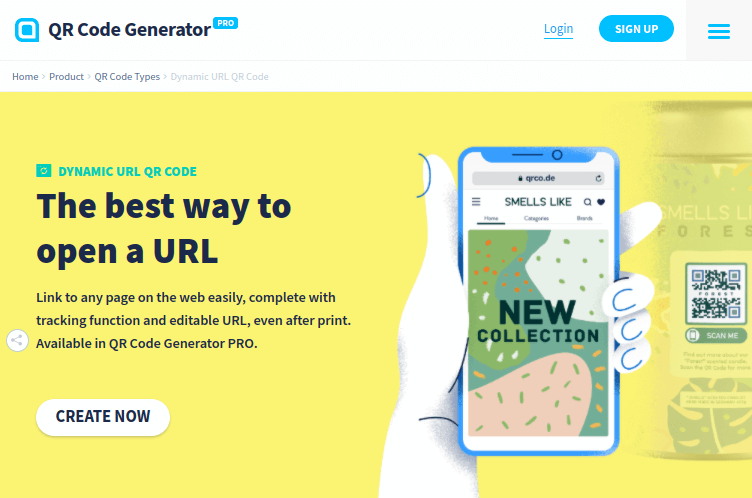
6. Ask for Recommendations Through Facebook Messenger
Including Facebook Messenger in your support system is a great way to improve customer service.
Many of your customers likely already use Facebook Messenger on a regular basis, so it’s a simple way to add an extra layer of customer support in a way that’s familiar to them.
You can even integrate Facebook Messenger for Business with live chat apps.
Similar to the customer survey method, when you’re at the end of a support session on Messenger, present the same call to action we’ve repeated throughout this article to your customer:
“Please consider sharing your experience by recommending us on Facebook!”
As always, include a link to your Reviews page on Facebook.
What Should Customers Include in Facebook Recommendations?
While you shouldn’t tell your customers exactly what to say in their recommendations, you can give them a few pointers.
Here’s a simple script to include in your review marketing messages:
“In case you’re unsure of what to say in your recommendation, consider the following questions:
1. How was your experience with our product(s), service(s), customer support, or all of the above?
2. What is unique about us?
3. Why or how would our products and services benefit your friends, family and colleagues?”
You might also consider teaching customers how to leave Facebook Recommendations beyond suggesting what to write about.
This mainly gives you the opportunity to suggest tags that best describe your business.
How to Turn Off Facebook Recommendations
Perhaps you’re not yet ready to receive reviews. Or maybe you’re the victim of a recent review bombing scheme.
Fortunately, you can turn Facebook Recommendations on and off at will no matter what your reasoning is.
Follow these steps to turn off Facebook Recommendations:
- Open your News Feed on Facebook.
- Select Pages from the left-hand menu, then select the page you’d like to disable recommendations for.
- Select Settings from the left-hand menu.
- Select Templates and Tabs.
- Toggle the Reviews setting to off (grayed out).
You can even rearrange the items in this template so that the Reviews item appears at a different spot in your page’s menu.
Note: If you can’t find Page Settings, click the Edit button or Edit Page button. This brings up a form you can use to pick and choose which items to include in the sidebar menu for your Facebook page. Make sure “Page Settings” is selected.
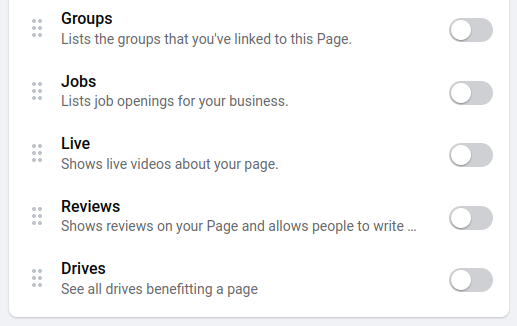
Final Thoughts
Getting more reviews isn’t the only part of review marketing. You need to manage them as well.
For Facebook Recommendations, this involves responding to recommendations and reporting recommendations that are fake or violate the platform’s community standards.
We have separate guides on responding to positive and negative reviews along with another guide on how to turn negative reviews into positive marketing.
Check them out for more help in these areas:
Why and How You Should Respond to Positive Reviews
How to Respond to Negative Reviews
4 Ways to Turn Negative Reviews Into Positive Marketing
Fortunately, reporting a recommendation is easy. Unfortunately, what happens to the recommendation is up to Facebook’s internal review system.
They’ll determine whether or not the recommendation violates Facebook’s community standards.
To report a recommendation, click the three-dot menu located in the upper right-hand corner of the recommendation you want to report, then select Report Post.
Follow the onscreen instructions to report the post.
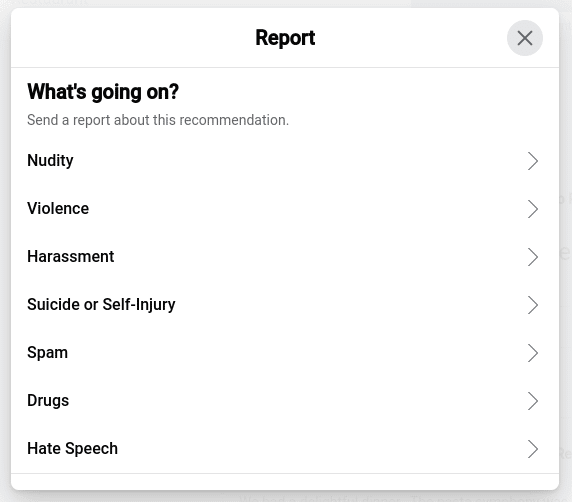
You cannot report recommendations that have a star rating at this time.
You can also view Facebook’s own analytics tool Facebook Insights to view stats on your recommendations.
Just select Insights from the left-hand menu while viewing your Facebook page. There’s a separate page for Recommendations when you have them enabled as well as a stat for them on the Overview dashboard.
That’s all we have to cover in this post. If you have any additional questions regarding Facebook Recommendations, sound off in the comments below!

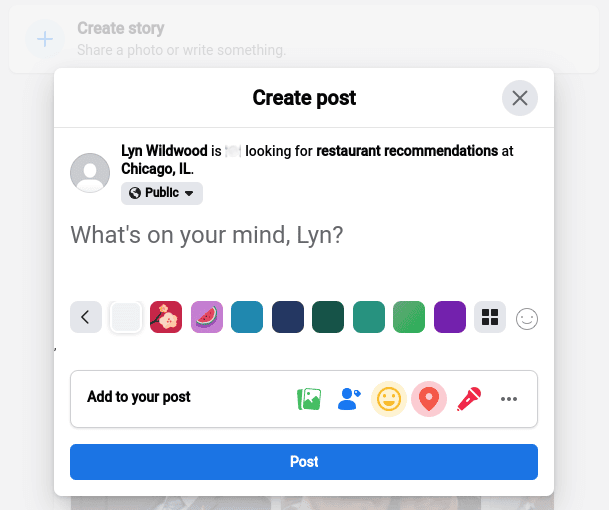
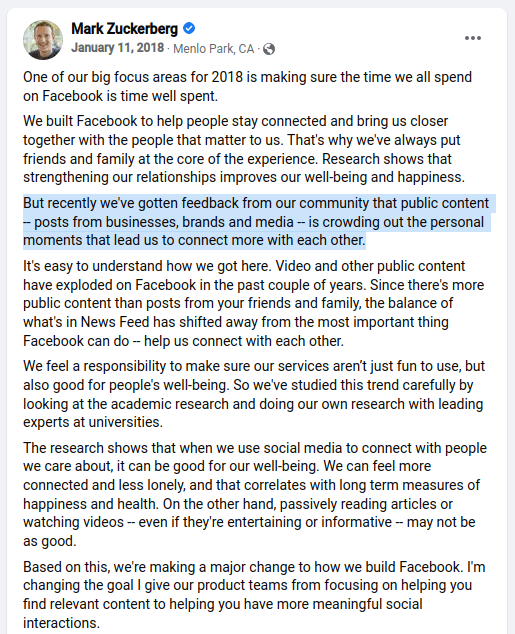
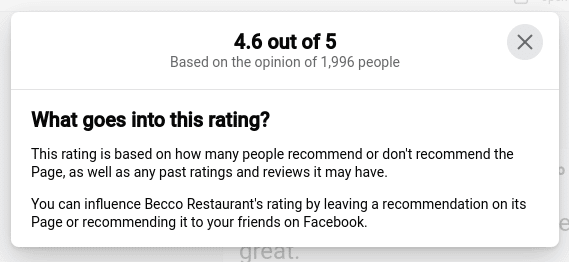
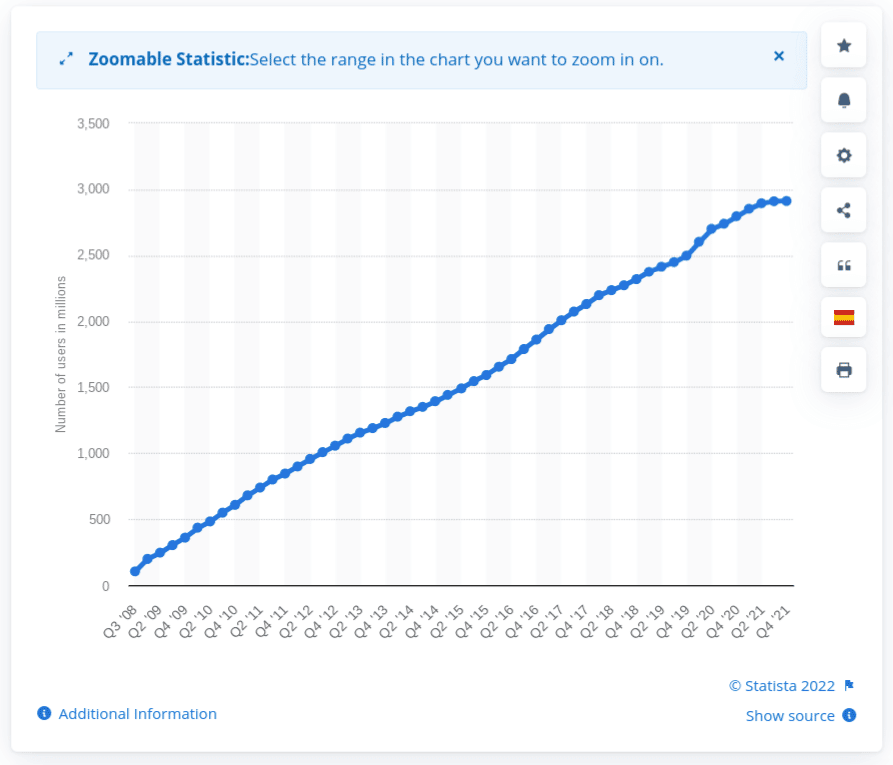

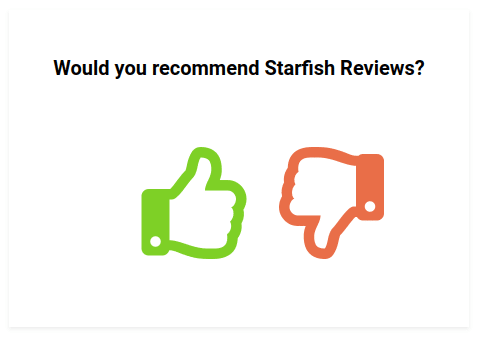
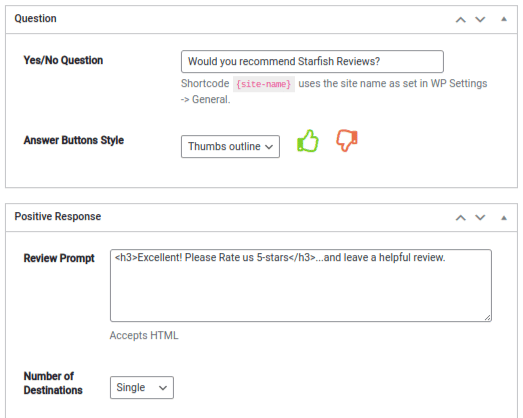

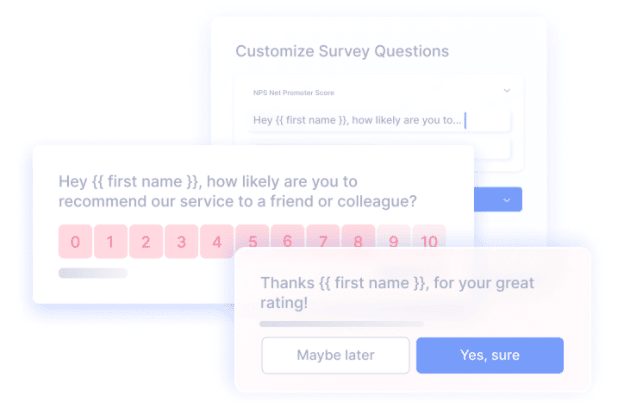
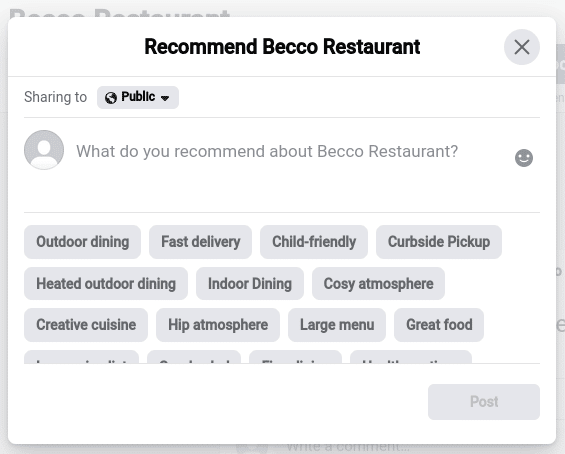

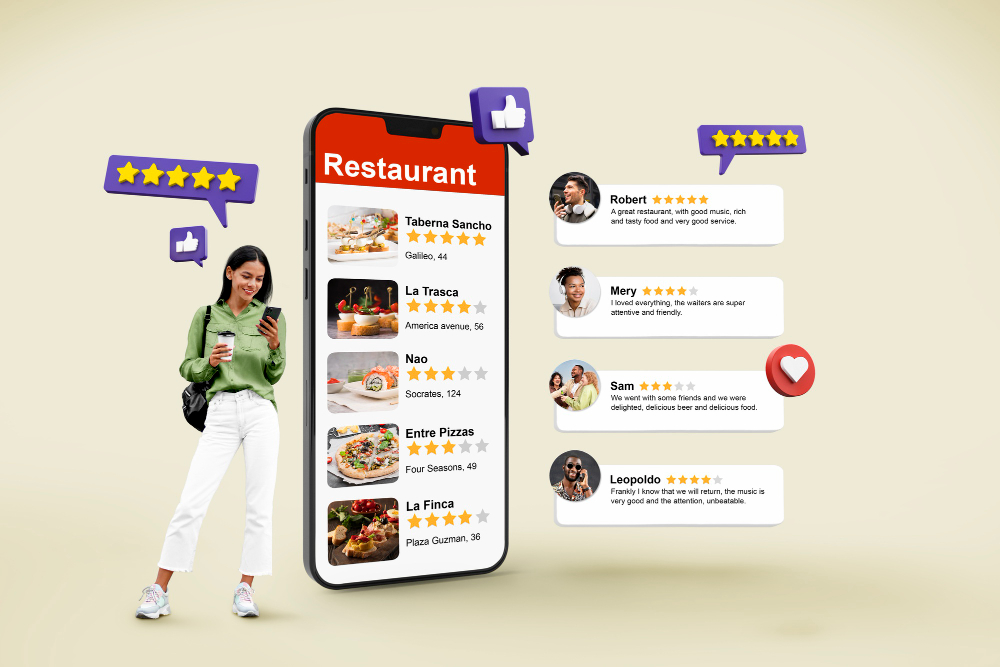


0 Comments